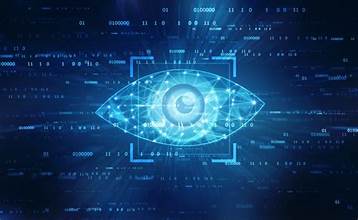Duration
7 hours (usually 1 day including breaks)
Requirements
- Python 3.x programming experience
- Basic knowledge of any Python IDEs
- Experience with Python argparse and command-line arguments
- Comprehension of computer vision and machine learning libraries
- An understanding of fundamental object detection algorithms
Audience
- Backend Developers
- Data Scientists
Overview
YOLO (You Only Look Once) is an algorithm turned into pre-trained models for object detection. It is tested by the Darknet neural network framework, making it ideal for developing computer vision features based on the COCO (Common Objects in Context) dataset. The latest variants of the YOLO framework, YOLOv3-v4, allows programs to efficiently execute object locating and classifying tasks while running in real-time.
This instructor-led, live training (online or onsite) is aimed at backend developers and data scientists who wish to incorporate pre-trained YOLO models into their enterprise-driven programs and implement cost-effective components for object-detection.
By the end of this training, participants will be able to:
- Install and configure the necessary tools and libraries required in object detection using YOLO.
- Customize Python command-line applications that operate based on YOLO pre-trained models.
- Implement the framework of pre-trained YOLO models for various computer vision projects.
- Convert existing datasets for object detection into YOLO format.
- Understand the fundamental concepts of the YOLO algorithm for computer vision and/or deep learning.
Format of the Course
- Interactive lecture and discussion.
- Lots of exercises and practice.
- Hands-on implementation in a live-lab environment.
Course Customization Options
- To request a customized training for this course, please contact us to arrange.
Course Outline
Introduction
Overview of YOLO Pre-trained Models Features and Architecture
- The YOLO Algorithm
- Regression-based Algorithms for Object Detection
- How is YOLO Different from RCNN?
Utilizing the Appropriate YOLO Variant
- Features and Architecture of YOLOv1-v2
- Features and Architecture of YOLOv3-v4
Installing and Configuring the IDE for YOLO Implementations
- The Darknet Implementation
- The PyTorch and Keras Implementations
- Executing the OpenCV and NumPy
Overview of Object Detection Using YOLO Pre-trained Models
Building and Customizing Python Command-Line Applications
- Labeling Images Using the YOLO Framework
- Image Classification Based on a Dataset
Detecting Objects in Images with YOLO Implementations
- How do Bounding Boxes Work?
- How Accurate is YOLO for Instance Segmentation?
- Parsing the Command-line Arguments
Extracting the YOLO Class Labels, Coordinates, and Dimensions
Displaying the Resulting Images
Detecting Objects in Video Streams with YOLO Implementations
- How is it Different from Basic Image Processing?
Training and Testing the YOLO Implementations on a Framework
Troubleshooting and Debugging
Summary and Conclusion

